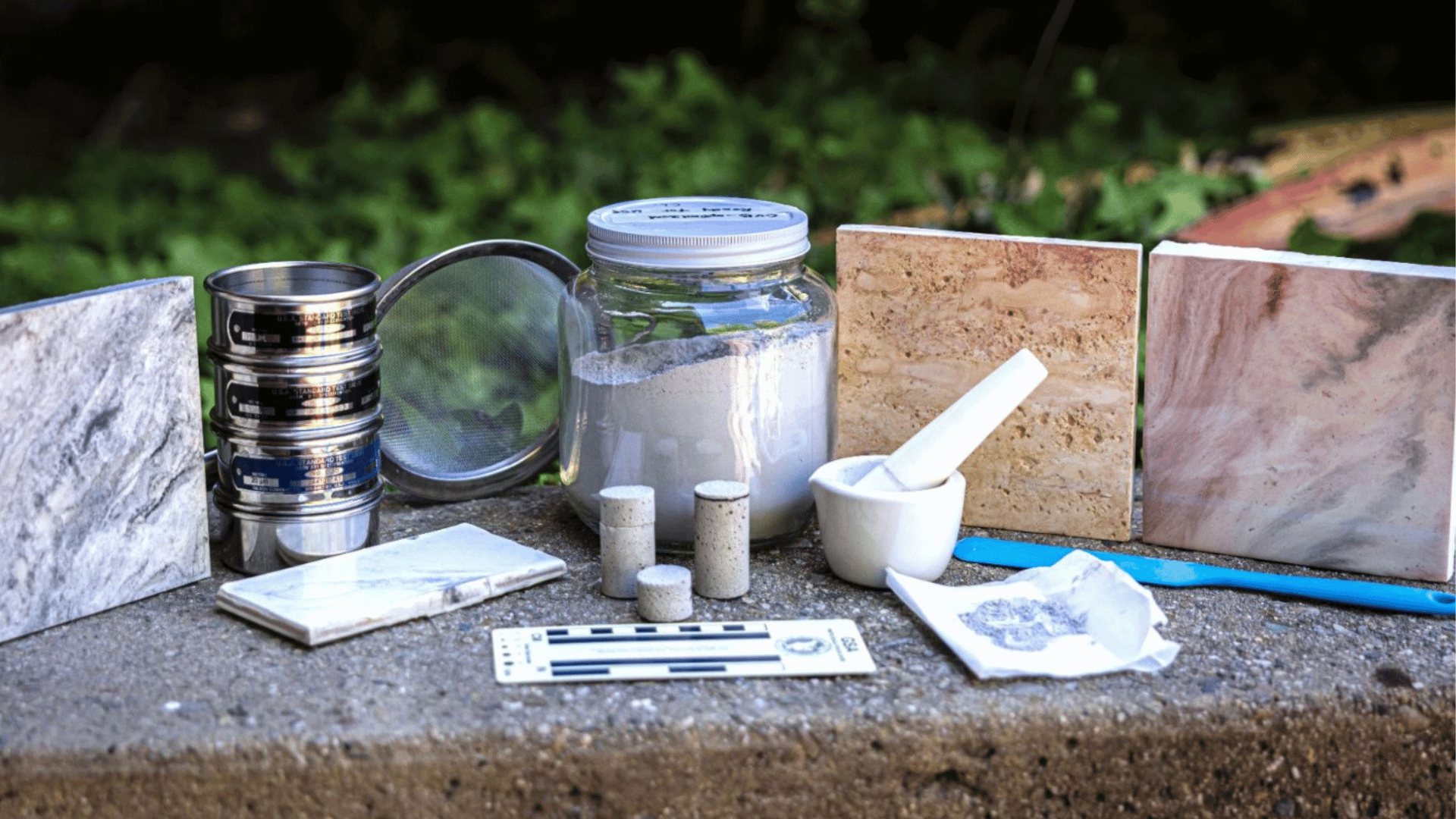Centuries ago, the Roman scholar Pliny the Elder observed the properties of volcanic ash and studied its transformation into durable stone when mixed with water. This ancient material is known today as pozzolana. Researchers say it was instrumental in creating astonishing structures such as the Pantheon.
The Pantheon’s concrete dome has stood for almost 2,000 years. Now, researchers at Stanford University are using this ancient creation as inspiration for a revolutionary cement that aims to reduce its environmental impact.
A Greener Cement Inspired by Ancient Rome

Traditional cement manufacturing significantly contributes to global warming. Researchers say it is responsible for about 8% of global CO2 emissions. They say it’s because of calcination, which uses extremely high temperatures to heat limestone, surpassing 1,400 degrees Celsius.
However, Professor of Earth and Planetary Sciences, Tiziana Vanorio, and her team at Stanford want to use Pozzuoli’s volcanic chemistry to develop a cement with a low carbon footprint.
Their breakthrough reportedly harnesses and processes a mix using naturally heated igneous rocks. According to scientists, there are more igneous rocks than typical volcanic ash. In addition, they do not contain the carbonate that releases CO2 when heated.

“Earth does it,” Vanorio explained. “I was inspired by how nature cements rocks, but together with my colleagues, we used science and engineering to take it further.”
The “pre-cooked” rocks are blended and transformed into an artificial pozzolana-like binder. Vanorio and the team of researchers have successfully grown a network of microscopic fibers within the material. These networks reportedly mimic the natural cementation process of rock sediments.
The innovation opens the door for a more sustainable building material. Vanorio and her colleagues want to bring the green cement to market. Their plan includes licensing the technology from Stanford University, which aims to make the eco-friendly cement widely available.







